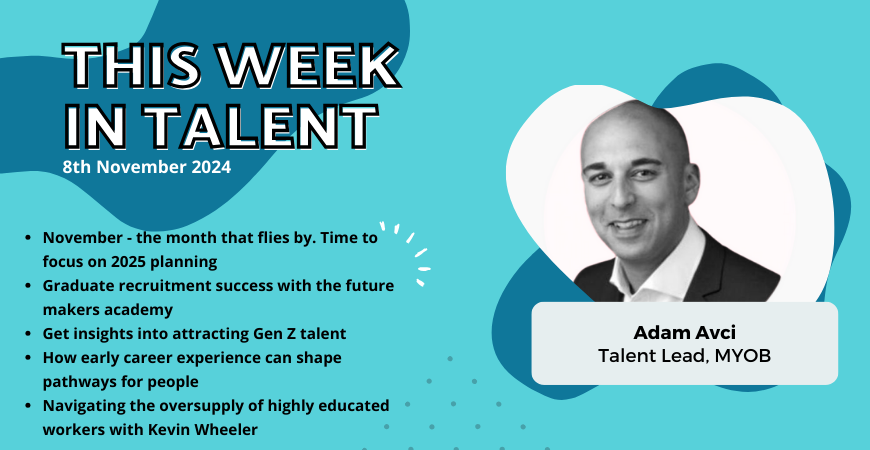If metrics are supposed to give us data so that we can make recruitment more effective and efficient they have failed – badly.
In most organisations, the commonly reported metrics have been relatively unchanging for months and even years. When comparing the metrics in a specific industry or occupation, the numbers fluctuate around a mean that varies only slightly. It seems that nothing has been able to move the needle on these metrics for a long time. The variations depend mostly on time of year, number of open requisitions or the experience of the recruiter. I would propose they have become constants or givens and that only some extraordinary influence or technology will change them. And therefore, they are not very useful.
Useful measures should provide the data you need to make meaningful, substantive changes in what you are doing. They should provide insight to questions that candidates, hiring managers or leadership have and they need to be ones that you have influence or control over. And most of all they should tell you in real-time what is happening so you can quickly change course.
The most commonly reported recruitment metrics do not meet these requirements. They are all backward looking and only tell you what happened days or weeks ago.
The usual measures of time-to-fill and time-to-hire as well as cost of hire are administrative or transactional measures that provide no data on the quality of the hires or with the satisfaction of the candidates or managers. Recruiters may end up overworked or quality may decline in order to lower costs. These measures are easy to game and do not answer questions such as are we attracting the right people, are the people who come to our career site engaged, or are we building a database of engaged potential candidates through engagement and relationship building.
Quality of hire is very hard to define objectively. The usual measure is hiring manager satisfaction and length of tenure. Hiring manager satisfaction has at least two problems: their opinion is highly subjective and may be based more on bias than on objective evidence, and some managers may be satisfied with very average performance while others will be satisfied only with very high standards that are hard to meet.
The length of tenure is also a poor metrics as many factors may influence turnover that have nothing to do with the skills or competence of the employee or the effectiveness of the recruiter. Turnover is impacted by economics, the nature of the work, whether or not the job was properly defined, how teammates interact and much more.
A better approach
The measures that matter the most are:
- Those that show us the level of interest and engagement potential candidates have;
- The number of candidates who pursue information and who complete applications;
- The number who, when presented to a hiring manager, are offered a job; and
- The number we have developed a relationship with to fulfill future needs.
These directly measure how effective our communication is, how well we are using media and engagement tools to find and screen those most likely to be offered a position, and how good we are at building relationships.
These measures provide us valuable data on what attracts and engages candidates and also give us information what to change or improve to attract those we want. We have direct control over the media we use, its content and frequency of update.
Pipelines are key
The primary job of a recruiter should be building pipelines of candidates around particular disciplines.
Building a pipeline requires developing a marketing strategy to attract the right people as well as an engagement and relationship building strategy and process to get people involved and interested in the organisation and potential work opportunities.
Tying metrics to this process provides actionable data that can be used in real time to tweak and improve the process. Traditional metrics are all backward looking. By the time they are compiled and reported, it may be too late to make any improvement.
Relationship building
Even candidates who lack the exact qualifications you are looking for should be included in your pipelines.
It is important to create long-term relationships with candidates, even with the ones that do not have the skills or do not meet all your requirements.
In a dynamic, fast-paced business environment choice is important. When you have a variety of skills and competencies it is much easier to find the right person. You can measure relationship building by social network mapping to capture the relationships that have been built.
Trust building
Building trust requires a willingness to share and a candid and open attitude toward data and information.
Recruiters who can listen and are respectful with candidates can create solid and long-lasting relationships. These relationships will lead to you to be confident of finding and hiring the right people.
It is time to discard your traditional metrics and embrace a dynamic and useful set of measures based on relationships, trust, and actual candidate behaviour.
Kevin will be running an interactive session on “Making the Leap from Metrics to Useful Metrics” at the ATC2019. Don’t miss out on this workshop that will empower you to improve decision-making for your Talent function! Get your tickets here.































